The development of the Seoul subway
Platform safety doors (screen doors) Platform safety doors installed at all stations in Seoul have drastically reduced safety accidents and improved station environments such as reducing noise and fine dust
(AI interpretation) Establishing an interpretation system that supports real-time conversations between subway staff and foreigners
(Tagless system) Using a virtual terminal payment system, creating an environment for automatic ticket gate passage without a transportation card tag
(Easy-to-read route map) Development and application of a highly visible route map design that takes tourists and the underprivileged into consideration
(Inquiries) 02-120
Key milestones
Platform safety doors (screen doors)
- 2005: Platform safety doors installed for the first time at Sadang Station
- 2009: Platform safety doors installed in all stations of Seoul Subway Lines 1 to 9
- 2015~2016: Safety door quality improvement to prevent safety accidents such as the Guui Station accident
- 2023: Safety doors installed in all Korail lines (except some stations)
- 2024: Start installing ‘folding automatic safety steps’ to prevent slipping accidents
AI Interpreter
Details
│Installation of platform safety doors (screen doors) at all stations│
From 2006 to 2009, platform safety doors were installed at all subway stations on lines 1 to 8, and by 2025, safety doors will have been installed at 345 stations, including line 9 and Ui-Sinseol Line
Improvements through platform safety door installation
- The number of subway accident deaths, which was an average of 37.1 per year (2001 to 2009), has decreased to an average of 0.4 per year (2010 to 2024) since 2010
- The safety doors block contaminants on the tracks and train wind, reducing fine dust concentration by approximately 20%
- An 8% reduction in platform noise (78.3 dB → 72.1 dB, ↓7.9%) and a 30% increase in cooling efficiency, resulting in an annual savings of KRW 16.7 billion as of June to August
The excellence of the Seoul subway is being reexamined as the so-called ‘uninvited shoving’ crime occurred on the New York subway without safety gates, and a New Yorker was seen waiting for a train while leaning against the wall of the platform.
In addition to safety gates, ‘folding automatic safety steps’ to prevent slipping accidents that can easily occur on curved platforms with wide gaps between the platform and the train will also be installed starting in 2024, with a goal of installing 589 in 74 stations by the end of 2025.
- In stations where it is difficult to install foldable automatic safety steps, we plan to install high-brightness LED warning lights to make passengers aware of the risk of tripping.
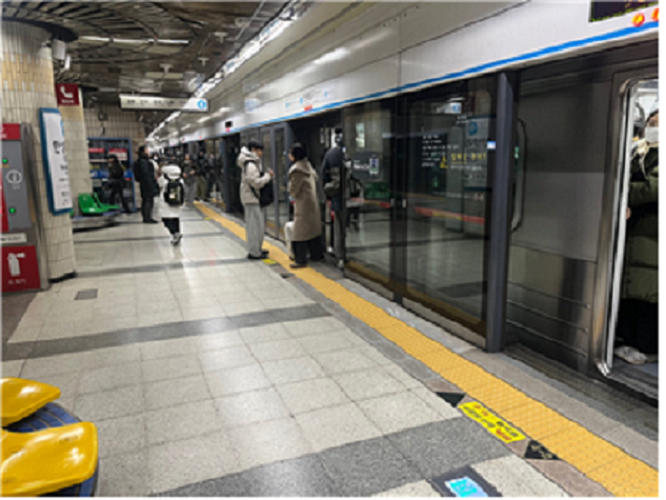 | 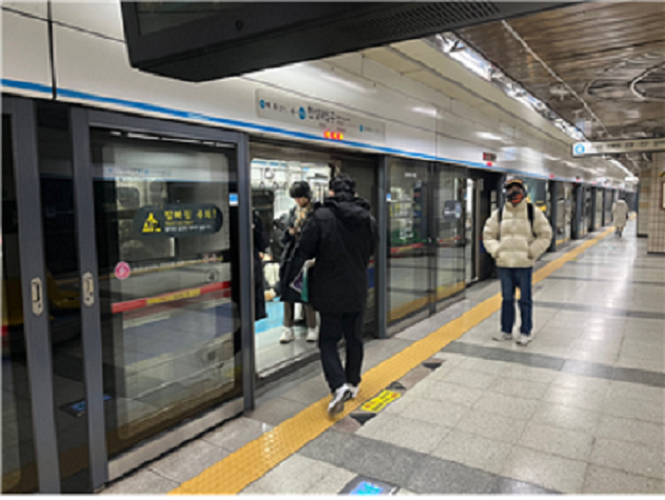 |
│ AI interpretation system that allows real-time conversation with subway staff │
Supports natural conversation between foreigners and station staff through the display
- Automatically interprets conversation content on the display and displays it as text in the corresponding language to provide easy and convenient subway usage guidance for foreigners of various nationalities
- In addition to conversation, it also provides additional services such as subway route search, transfer, time required information, and fare information
| 13 languages ??available, including English and Japanese, at 11 stations with a high frequency of foreign visitors | |
- (Installation history) (Line 1) Jongno 5-ga, (Line 2) City Hall, Hongik Univ. Entrance, - (Available languages) English, Japanese, Chinese, Vietnamese, Thai, | 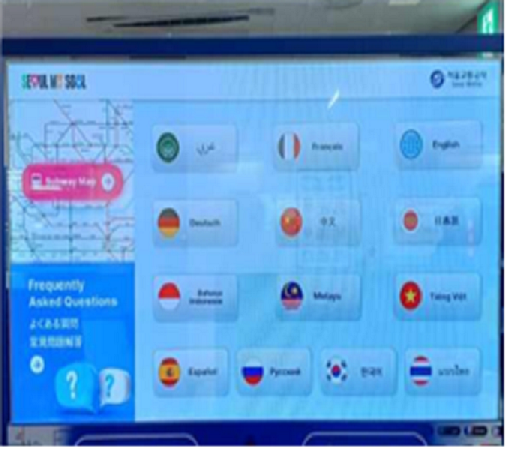 |
│Introduction of tagless system│
Establishing and commercializing Seoul-type tagless technology standards to lead mobile-based trends | |
- Improve transportation convenience for the transportation disadvantaged and reduce terminal maintenance costs through tagless system
Worlds first successful commercialization and planned for gradual expansion - Tagless technology advancement and Seoul Metro to expand tagless lines 1-9 by 2025 | 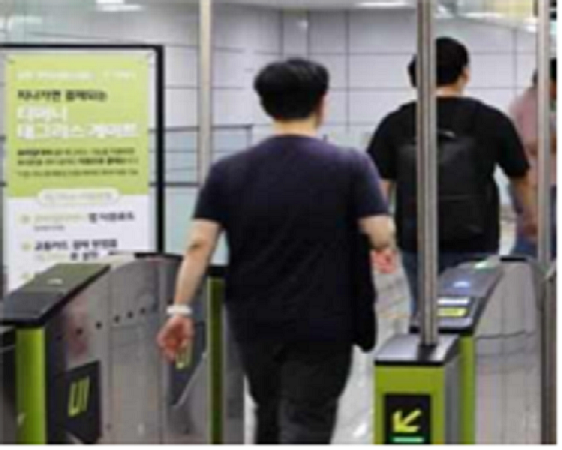 |
646 passages (1 passage per gate zone) on lines 1 to 9 are scheduled to be commercialized by the end of 2025. - Rapid response to new transportation trends and MZ generation demands in the AI ??era | |
│Development of route map design that is easy to see and understand, and considerate of tourists and the disadvantaged│
The existing route map maintains the 80s format, and is used in a mixed and overlapping manner when adding routes.
- Accordingly, there were many limitations and lack of consideration for users, such as a multi-linear shape that was difficult to determine the location, difficulty in distinguishing between general stations and transfer stations, lack of recognition of geographical locations such as airports, rivers, and seas, and absence of station number indications.
New design development through consultation with experts in fields such as vision, color, design, cognition, and transportation

- Improved visibility by introducing international standard 8-line format and indicating transfer stations with traffic lights
 |  |
기존 노선도 | 개선 노선도 |
- For the convenience of first-time visitors, major geographical points such as the sea and rivers are marked with station numbers.
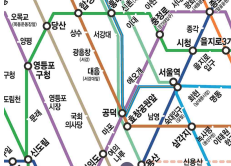 | 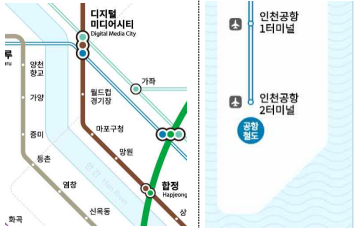 |
기존 노선도 | 개선 노선도 |
- Brightness, clarity, and pattern application considering color blindness, food intolerance, and the elderly
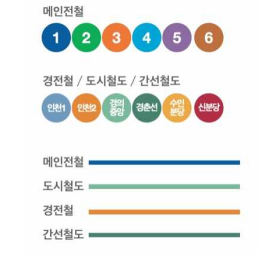 | 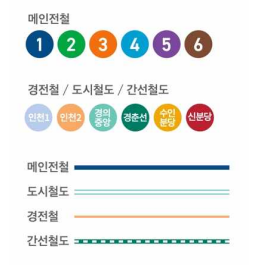 |
기존 노선도 | 개선 노선도 |
(related link)
Seoul Transportation Corporation website - seoulmetro.co.kr
(Video link)
https://www.youtube.com/watch?v=dghz9HqEL-A
https://www.youtube.com/watch?v=RfYy0siuA-c
https://www.youtube.com/watch?v=MadpmjSyJdE
https://www.youtube.com/watch?v=_1xvPaSyGng
 Korean
Korean
 English
English





